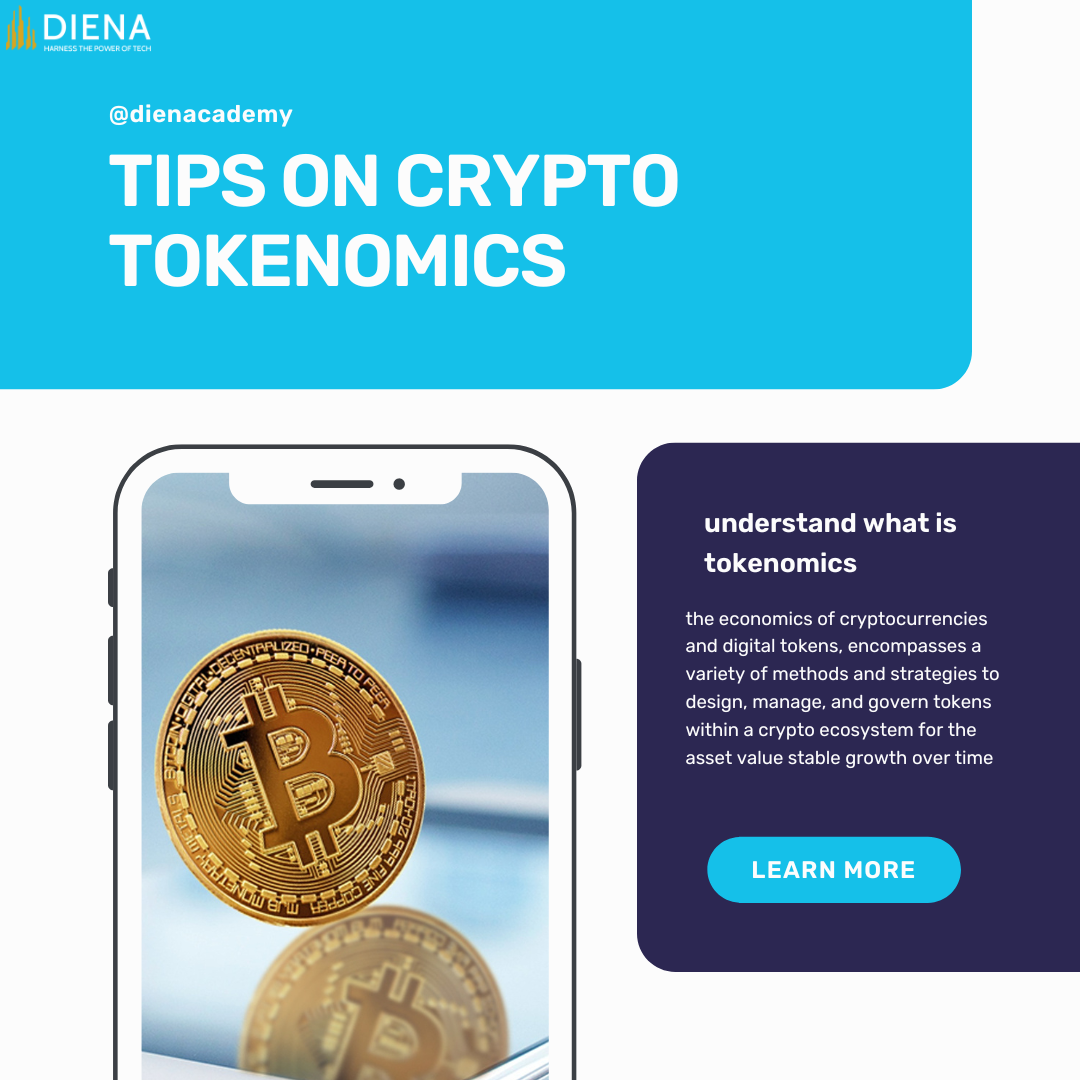
In the ever-evolving realm of cryptocurrencies and digital tokens, understanding the intricacies of tokenomics is paramount. Tokenomics, the economic framework governing these digital assets, encompasses a diverse array of strategies and methodologies aimed at designing, managing, and governing tokens within a crypto ecosystem. Let's delve into several key strategies commonly employed in tokenomics:
1. Supply Mechanisms:
-Fixed Supply: Some tokens, like Bitcoin, have a predetermined maximum limit, fostering scarcity and potentially influencing value.
-Inflationary Supply: Certain tokens are designed with controlled inflation rates, where new tokens are regularly introduced into circulation.
-Deflationary Supply: Tokens may decrease in supply over time, either through mechanisms like burning or reduced issuance rates.
2. Token Distribution:
- Initial Coin Offerings (ICOs): Tokens are sold to investors during fundraising events.
- Airdrops: Tokens are distributed for free to existing holders or users performing specific actions.
-Mining/Proof of Stake (PoS): New tokens are issued as rewards to network participants validating transactions or securing the network.
3. Token Utility:
- Payment: Tokens serve as a medium of exchange for goods and services.
- Governance: Token holders participate in decision-making processes shaping the project's future.
- Staking:Tokens are locked up to participate in network operations, yielding rewards.
- Access Rights: Tokens provide access to platform features or functionalities.
- Rewards and Incentives: Users receive rewards for contributing to the network or ecosystem.
4. Token Sinks and Burning:
- Burning: Tokens are destroyed, reducing the total supply and potentially increasing scarcity and value.
- Transaction Fees: A portion of transaction fees is burned, removing tokens from circulation.
5. Token Vesting and Lockups:
-Vesting:Tokens are gradually released to investors or team members over a specified period to incentivize commitment.
- Lockups: Transfer or sale of tokens are restricted for a certain period, often to prevent dumping.
6. Token Buybacks and Redistribution:
- Buybacks: Profits or reserves are utilized to repurchase tokens, potentially increasing scarcity and value.
- Redistribution: Transaction fees or profits are distributed among token holders, providing passive income.
7. Economic Models:
- Token Curated Registries (TCRs): Tokens are used to curate lists or registries, with holders voting on inclusions or removals.
- Bonding Curves: Token pricing dynamically adjusts based on supply and demand, commonly employed in decentralized exchanges.
These strategies play a pivotal role in shaping the dynamics of crypto ecosystems, with each project tailoring its approach based on specific goals and governance structures. By comprehensively understanding tokenomics, participants can navigate the complexities of the crypto landscape with greater insight and proficiency.
0 comments